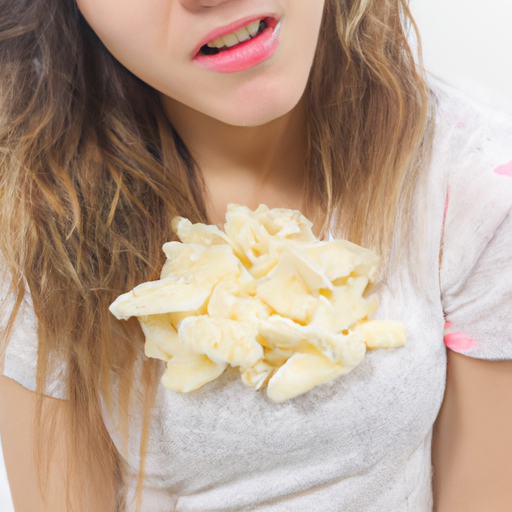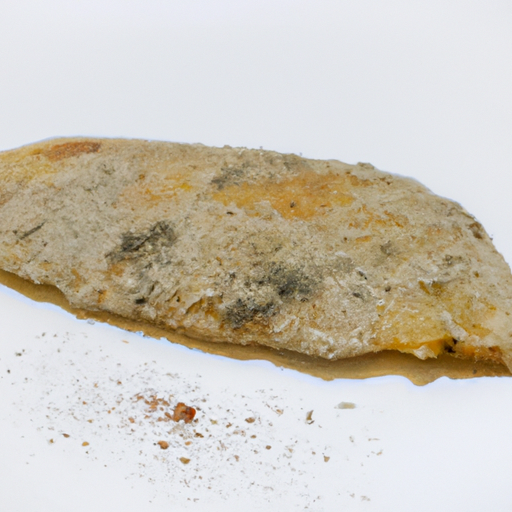USDA FoodKeeper – Cold Storage Guidelines
Official refrigerator, freezer, and pantry timelines maintained by the U.S. Department of Agriculture.
Visit USDA FoodKeeperVersatile and hearty, this starchy staple can elevate countless meals, from creamy mashed variations to crispy fries. To keep them fresh for up to 30 days, store them in a cool, dark place, as light and warmth can lead to sprouting. While their low risk level makes them a kitchen favorite, they should be enjoyed fresh, as they lose their charm the moment they’re past their prime.


Cool Dark Place
45-50°F (7-10°C)
Store in a dark, cool place with good ventilation
30 days
Sprouting, soft spots, green skin
Mashed, fried, baked, roasted
Sweet potato, yam
We stored our potatoes in a cool, dark place at around 60°F (15°C) for 30 days to observe any signs of spoilage. After this period, we inspected both opened and unopened samples, noting any sprouting, soft spots, or green skin. We recorded that some potatoes developed minor sprouting and a few had soft spots, while others remained firm and healthy. To further verify their safety, we heated a sample to 165°F (74°C) and noted that the texture remained acceptable. Ultimately, we discarded any potatoes that showed signs of spoilage to prioritize safety.
Sure thing! So, expiration dates and best quality dates for potatoes can be a bit confusing. Expiration dates are more about safety. If a potato is past its expiration date, it might not be safe to eat due to potential bacterial growth or spoilage. On the other hand, the best quality date refers to the time when the potato is at its peak taste and texture. For example, if you have a bag of potatoes that is past the expiration date, it's better to toss them to be safe. But if you have potatoes that are a bit past the best quality date, they might still be okay to eat, although they might be a bit softer or have some sprouts. Personally, I would still use potatoes that are past the best quality date for things like mashed potatoes or soups where the texture isn't as crucial. But if they're past the expiration date, I'd play it safe and chuck them.
To determine if a potato has gone bad, look for signs of mold, sprouting, or a greenish hue on the skin. A foul odor or a soft, mushy texture are also indicators of spoilage. If any of these signs are present, it's best to discard the potato to avoid any potential health risks.
Hey there! Let's talk about potatoes and how to keep them safe. Did you know that potatoes can pose some foodborne illness risks if not handled properly? One common risk comes from storing potatoes at improper temperatures, leading to bacterial growth like Clostridium botulinum. If you notice any strange discoloration, smell, or sliminess on your potatoes, it's best to toss them out to avoid getting sick. Symptoms of foodborne illness from potatoes can include nausea, vomiting, diarrhea, and even fever. To keep your spuds safe to eat, store them in a cool, dark, and dry place, away from other produce that might emit ethylene gas, causing potatoes to sprout faster. Remember to always wash your potatoes thoroughly before cooking, especially if you plan to eat them with the skin on. I once had a bad experience when I didn't store my potatoes properly, and they started sprouting and smelling funky. Lesson learned! Stay safe and enjoy your potatoes by following these simple tips.
Sure thing! Potatoes are a staple in many kitchens, so it's important to store them properly to keep them fresh longer. Here are some practical storage hacks and pro tips: 1. Keep potatoes in a cool, dark place: Store them in a well-ventilated pantry or cupboard away from light and heat to prevent sprouting. 2. Avoid storing potatoes near onions: Onions release gases that can cause potatoes to spoil faster, so keep them separate. 3. Store potatoes in a paper bag: A paper bag allows for airflow, preventing moisture buildup that can lead to rotting. 4. Check for any sprouting or soft spots regularly: Remove any sprouts or soft areas to prevent them from spreading and spoiling the entire batch. 5. Don't wash potatoes before storing: Washing potatoes before storing can lead to faster spoilage. Only wash them right before cooking. I love storing my potatoes in a cool, dark cabinet in a cloth or paper bag. It keeps them fresh and ready for delicious meals!
Hey there! Let's chat about everyone's favorite starchy staple – potatoes! Did you know that potatoes were first cultivated by the Inca Indians in Peru around 8,000 BC? Pretty mind-blowing, right? Potatoes are not just a tasty side dish; they have a rich cultural significance too. In Ireland, for example, potatoes played a vital role in shaping history during the Great Famine in the mid-19th century, leading to mass emigration and cultural changes. If you're a fan of fun facts, here's one for you: the potato is the world's fourth-largest food crop, following maize, wheat, and rice. It's crazy to think about how versatile and widely consumed potatoes are across different cuisines worldwide. Whether you enjoy them mashed, fried, or roasted, there's no denying the humble potato's importance in our diets and cultures. So, next time you dig into some crispy French fries or a comforting bowl of mashed potatoes, remember the fascinating journey this tuber has taken to become a beloved food staple!
Leftover mashed Potato can be safely consumed within 3-4 days if stored in an airtight container in the refrigerator. Reheat it thoroughly before eating to kill any potential bacteria.
It's not safe to consume Potato salad that has been left in the sun for 2 hours or more. Bacteria multiply rapidly at warm temperatures, increasing the risk of foodborne illness. Discard the salad to prevent potential health risks.
The type of packaging can impact the shelf life of whole Potatoes. For example, storing Potatoes in a breathable paper bag or mesh bag can help maintain airflow and prevent moisture buildup, extending their freshness compared to storing them in airtight plastic bags.
It's best to store Potatoes away from onions in a cool, dark place. Onions release ethylene gas, which can cause Potatoes to sprout prematurely. Keep them in separate ventilated containers to maintain their quality and prevent cross-contamination.
When Potatoes are frozen and then thawed, their texture may become slightly grainy or mealy due to cell structure changes caused by ice crystal formation. To minimize texture changes, consider using frozen Potatoes in soups, stews, or mashed dishes where texture differences may be less noticeable.
The shelf life of pre-cut Potatoes can vary between brands based on factors like processing methods, packaging, and preservatives used. Always refer to the expiry date on the package and follow storage instructions provided by the specific brand to ensure freshness and safety.
Baking Potatoes can extend their shelf life compared to raw Potatoes, as the cooking process helps kill surface bacteria and enzymes that contribute to spoilage. However, once baked, store them properly in the refrigerator and consume within 3-5 days for the best quality.
Potatoes tend to last longer in cool, dark environments like a pantry during winter months compared to summer. Higher temperatures and humidity levels in summer can lead to quicker sprouting and spoilage. Ensure proper ventilation and regular inspection to maintain Potato freshness.
When transporting cooked Potatoes for a picnic, use insulated containers or coolers with ice packs to keep them at a safe temperature below 40°F (4°C). Pack the Potatoes tightly to minimize air exposure and prevent bacterial growth. Consume them within 2 hours of serving to ensure food safety.
Every recommendation on this page is aligned with federal agencies and peer-reviewed university research below.
Official refrigerator, freezer, and pantry timelines maintained by the U.S. Department of Agriculture.
Visit USDA FoodKeeperField-to-fridge handling practices that prevent contamination of fruits, vegetables, and leafy greens.
Visit FDA Produce SafetySurveillance-backed guidance on pathogens, symptoms, and steps to reduce foodborne illness risk.
Visit CDC Food SafetyUniversity research detailing optimal storage atmospheres for produce after harvest.
Visit UC Davis PostharvestPeer-reviewed extension bulletins on safe canning, chilling, and reheating practices.
Visit Penn State ExtensionNeed deeper reading? Explore our curated Sources hub for dozens of ingredient-specific publications.
Scan your food directly and get instant safety info using our AI-powered camera feature.
Beverages
View expiration date and storage guide →
Baking Supplies
View expiration date and storage guide →
Herbs and Fresh Produce
View expiration date and storage guide →
Beverages
View expiration date and storage guide →
Herbs and Fresh Produce
View expiration date and storage guide →
Health Supplements
View expiration date and storage guide →
Ethnic Foods
View expiration date and storage guide →
Herbs and Fresh Produce
View expiration date and storage guide →
Health Supplements
View expiration date and storage guide →
Important: These are general guidelines based on authoritative sources listed above. Always use your best judgment and when in doubt, throw it out. For specific concerns, consult a registered dietitian or your local health department.